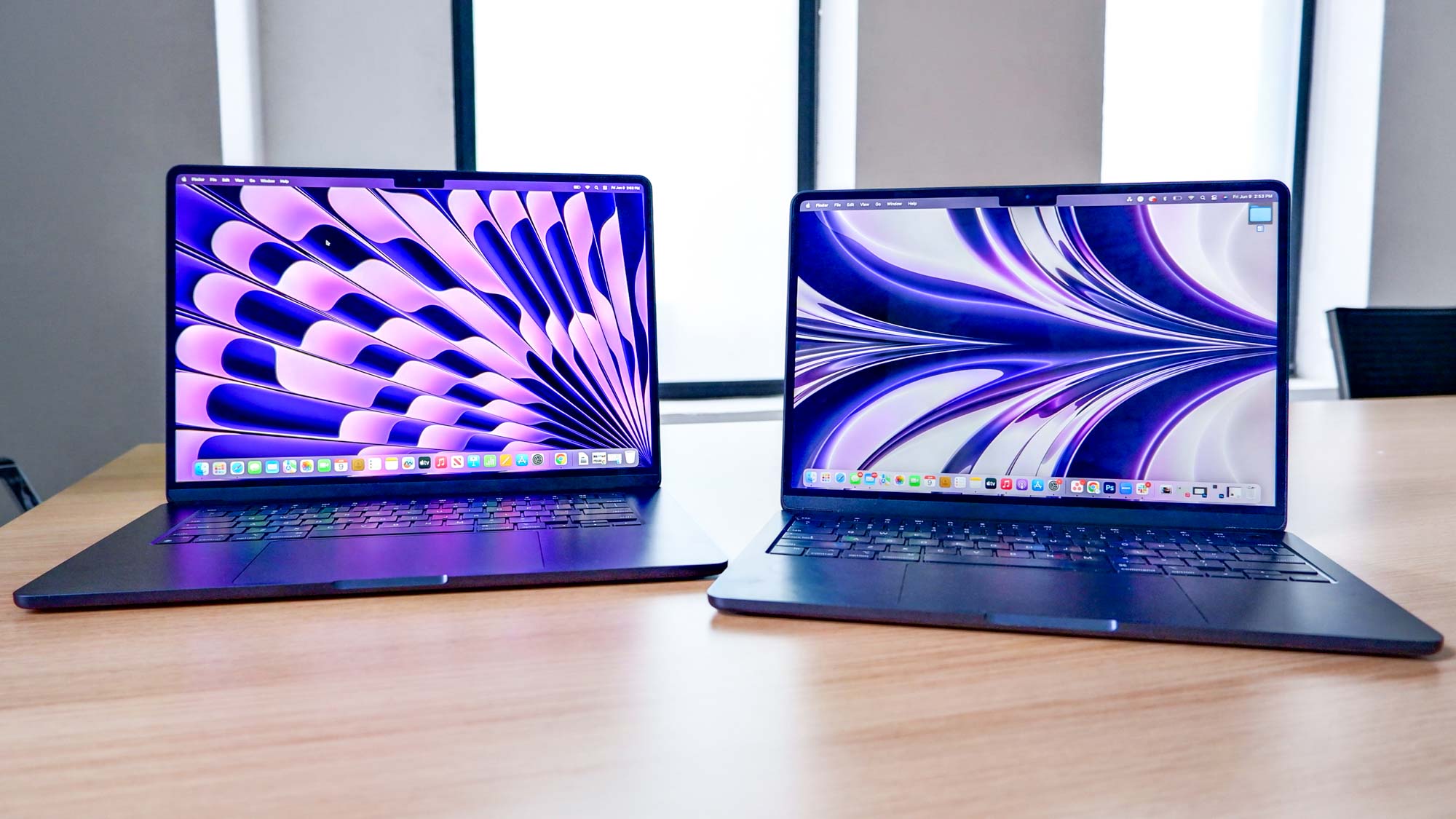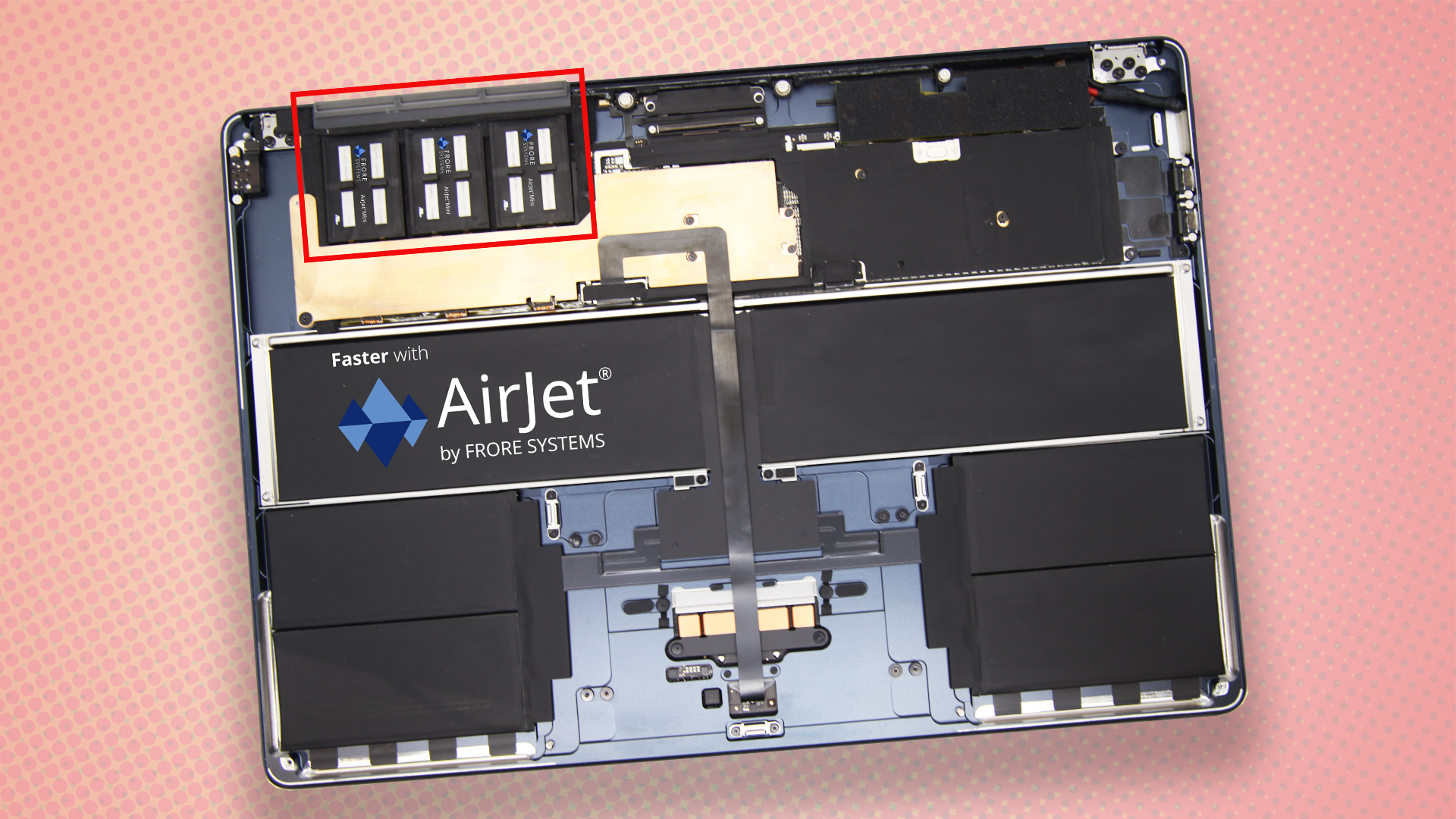
Overheating is a common problem we come across in our time with laptops. Hell, even some of our best laptops face it too — not that it makes them a dealbreaker, but it comes as a priced-in compromise in something like the completely fanless M2 MacBook Air.
But what if there was a solid state cooling system that could act as a fan, increase sustained CPU power by 67%, and do all of this without adding a single additional millimeter of thickness to the shell? That’s exactly what the AirJet Mini is capable of doing, and it makes the Air run just as good as the recently discontinued 13-inch MacBook Pro!
The implementation of this cooling chip is so simple and so scalable that I believe we may be looking at the future of laptop thermal management.
How does it work?

Frore Systems' active cooling chip is a solid state component that outperforms fans while being silent, thin, and light at 27.5 x 41.5 x 2.8mm and 9g respectively. How on earth does the AirJet Mini pull this off?
It comes down to the physics of vibrations and the dispersal of air through them. Just beneath those small inlet vents on top of the chip are small membranes that vibrate at an ultrasonic frequency.
Through those vibrations, the chip is able to generate an air flow that is pulled through the vents and into the pulsating jets, which start to bring the temperature of the processor down. The goal of doing this is to be able to run laptop chips at a higher level of power without sacrificing the slim, svelte dimensions of many notebooks today. And to prove the tech, Frore Systems went straight for the top of the metaphorical mountain when it comes to ultra-slim and light systems.
MacBook Air goes Pro
The MacBook Airs are synonymous with running a completely fan-free design. The operating temperatures and efficiency of Apple Silicon mean it can do the vast majority of your day-to-day tasks without breaking a sweat.
However, that’s not to say there aren't thermal throttling problems. In fact, when Frore Systems retrofitted three AirJets into the Air, you can just see how choked the M2 chip was — given the 67% increase in sustained CPU power (from 12W to 20W), and a 23% boost in sustained processor speed (2600 to 3200 MHz).
Put simply, with these tiny coolers, the MacBook Air is able to run faster for longer without any fears of overheating when doing more intense tasks like media editing, gaming, or even generative AI processing. I mean, you just need to look at the Shadow of the Tomb Raider frame rate jump up by 26% from 23 to 29 frames per second and see how this small and scalable tech could very well be the future of laptop cooling.







